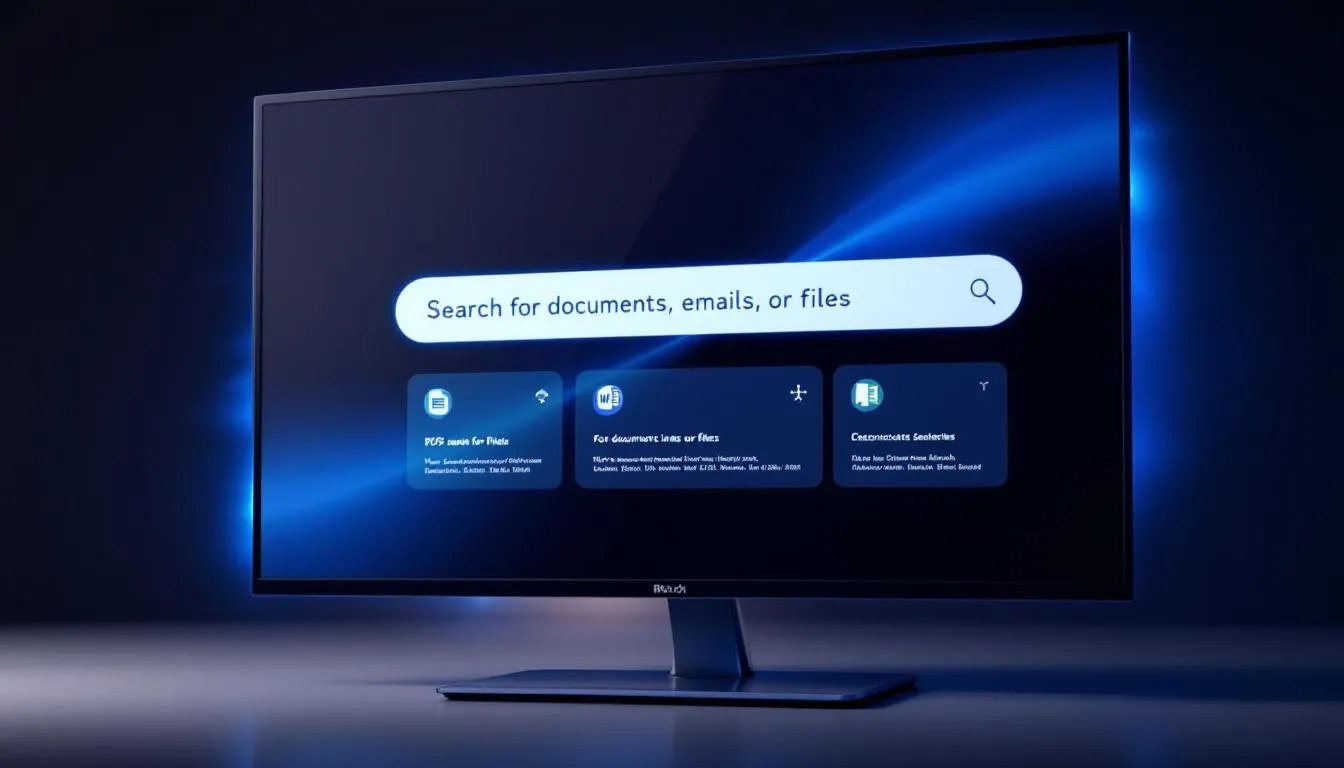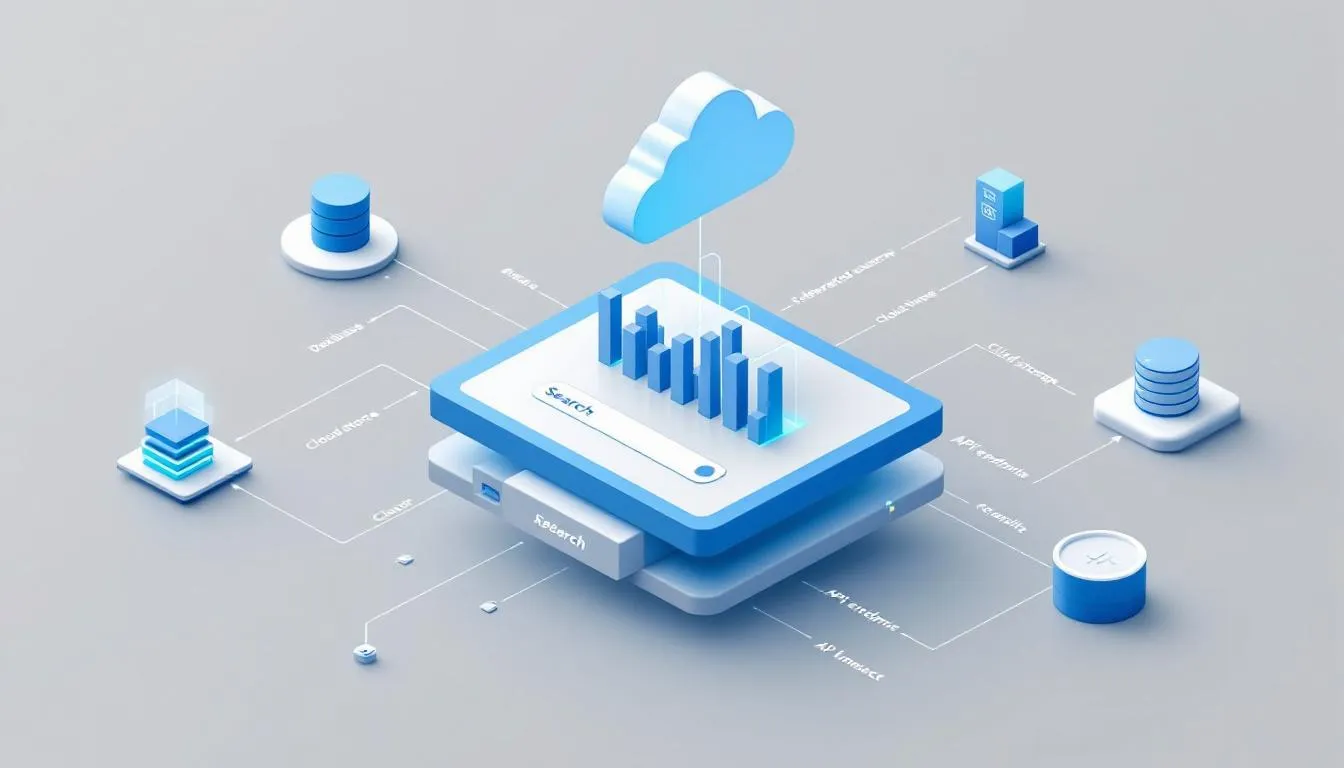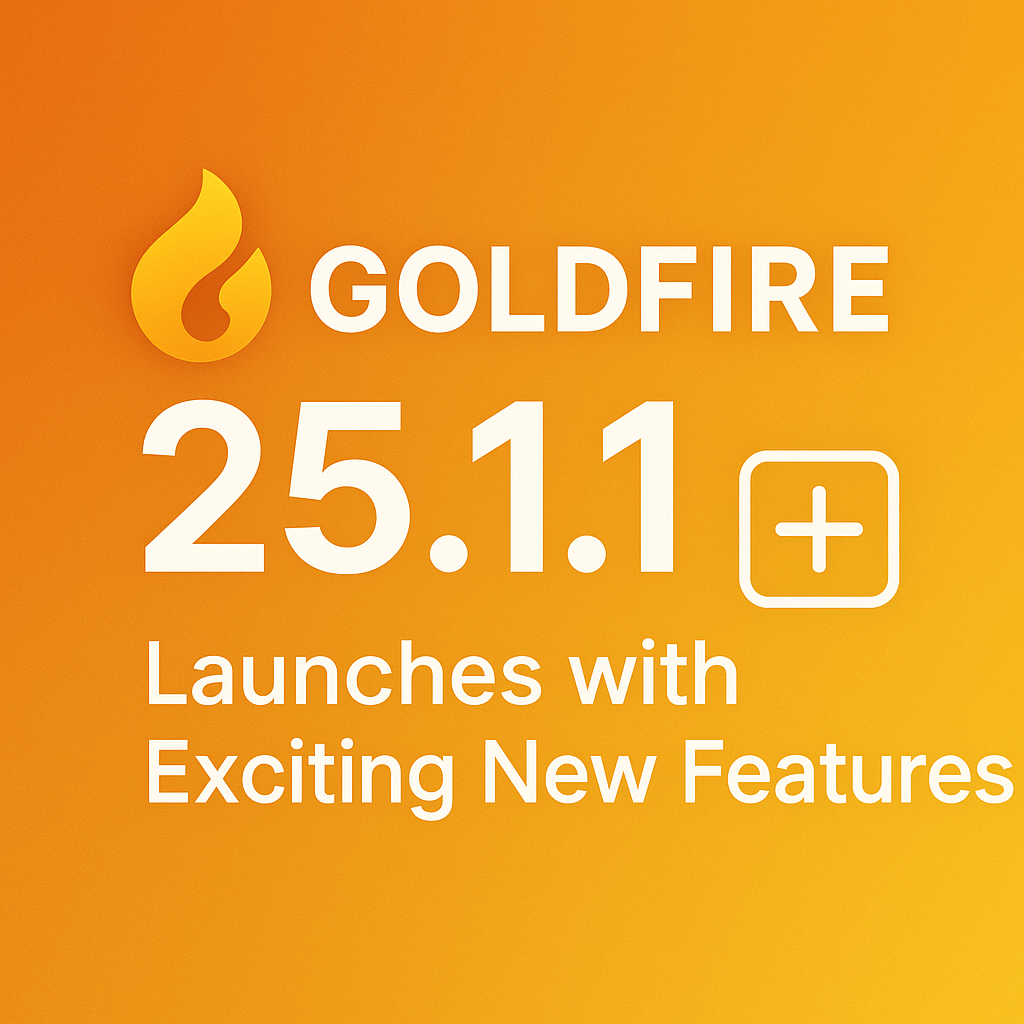Most teams still waste too much time tracking down information scattered across multiple systems. Whether it’s documents buried deep in SharePoint, files on network drives, product lifecycle management (PLM) tools, or outdated archives, engineers and analysts often jump between siloed platforms. This fragmentation forces them to recreate work that already exists simply because they can’t find relevant data efficiently. Enterprise search software solutions have been designed to identify a wide range of internal sources such as documents, databases, intranets, PLMs, and cloud platforms. This is precisely the problem that enterprise search software aims to solve by providing a centralized way to retrieve information quickly and accurately.

However, not all enterprise search tools are created equal. Many solutions fall short because they only search one data source at a time, making them little better than a traditional file explorer. To truly unlock the power of enterprise knowledge, organizations need a more robust approach this is where federated search comes into play. The enterprise search market is projected to grow at a CAGR of 19.8% from 2020 to 2025, reflecting the increasing demand for more effective solutions.
What Federated Search Actually Does
Federated search is a powerful capability within an enterprise search platform that enables users to conduct a single query across multiple internal systems simultaneously. Instead of manually searching SharePoint, team folders, legacy archives, and standards libraries one by one, federated search aggregates results from all these multiple data sources. This unified approach saves time and reduces frustration by delivering relevant search results quickly.

Beyond convenience, federated search respects critical considerations such as data security, access controls, and compliance regulations. It ensures that users only see information they are authorized to access, maintaining the integrity of sensitive corporate data. For large organizations with distributed teams, multiple divisions, or fire walled environments, federated search is not just a nice-to-have it is essential for effective knowledge management.
Without a true federated approach, any knowledge sharing process risks breaking down, especially as the volume of data grows and becomes more complex. Enterprises face challenges with unstructured data, diverse repositories, and disconnected systems that hinder information retrieval and reduce search accuracy. Organizations are increasingly demanding effective data access and analysis, which drives the enterprise search market.
Goldfire 25.1.1 Adds True Federated Search
Recognizing these challenges, the latest release of Goldfire, version 25.1.1, introduces genuine federated search capabilities. This update allows users to perform restricted document search across multiple Goldfire servers, effectively surfacing answers from a global knowledge base even when content resides in separate systems or geographical locations.
This enhancement is particularly valuable for companies needing to search across divisions, countries, or environments separated by firewalls. Goldfire supports flexible deployment options including SaaS, customer-hosted, and fully on-premise setups, ensuring seamless integration with existing infrastructure.
By bridging the gaps between siloed data sources, Goldfire’s federated search closes the divide that often hampers internal enterprise search and corporate search software. It empowers teams to access relevant data effortlessly, improving productivity and decision-making.
Designed for Engineering, Not Just IT
While many enterprise search solutions target general productivity, Goldfire stands out by focusing specifically on engineers and technical researchers. Its enterprise search engine is optimized for the complexity and specificity of engineering data. Goldfire Chat, an AI-powered assistant, can summarize dense test reports, answer compliance-related queries with precise citations, and trace results back to their original sources features critical for regulated industries.
The platform supports cutting-edge technologies such as Azure GPT-4o, multilingual deployments, and even allows customers to integrate their own language models. This makes Goldfire a leader in AI-powered enterprise search and enterprise AI search software.
With the 25.1.1 release, Goldfire enhances both speed and scalability, reinforcing its position as one of the best enterprise search software options for technical teams needing robust search capabilities combined with strict data security.
Final Take
When evaluating enterprise search platforms, it’s crucial to look beyond marketing claims and verify that the solution offers true federated search functionality. Your teams require a search platform that can unify access to information across all systems not just within isolated silos. Goldfire 25.1.1 delivers on this promise, providing a serious upgrade for organizations aiming to improve search accuracy, unify internal documents, and reduce wasted time caused by inefficient site search or website search tools.
If you’re evaluating enterprise search tools that meet strict security requirements and integrate directly into engineering workflows, start with Goldfire’s latest release. Its intuitive interface makes it easy for both technical and non-technical users to uncover the insights they need. Backed by AI-powered semantic search, Goldfire improves knowledge sharing, supports deeper document understanding, and delivers accurate, source-linked answers tailored to the intent behind every question.
In today’s data-driven business environment, investing in the right enterprise search software is a key factor to unlocking your organization’s full potential and gaining a competitive edge through enhanced market intelligence and streamlined business data access.




